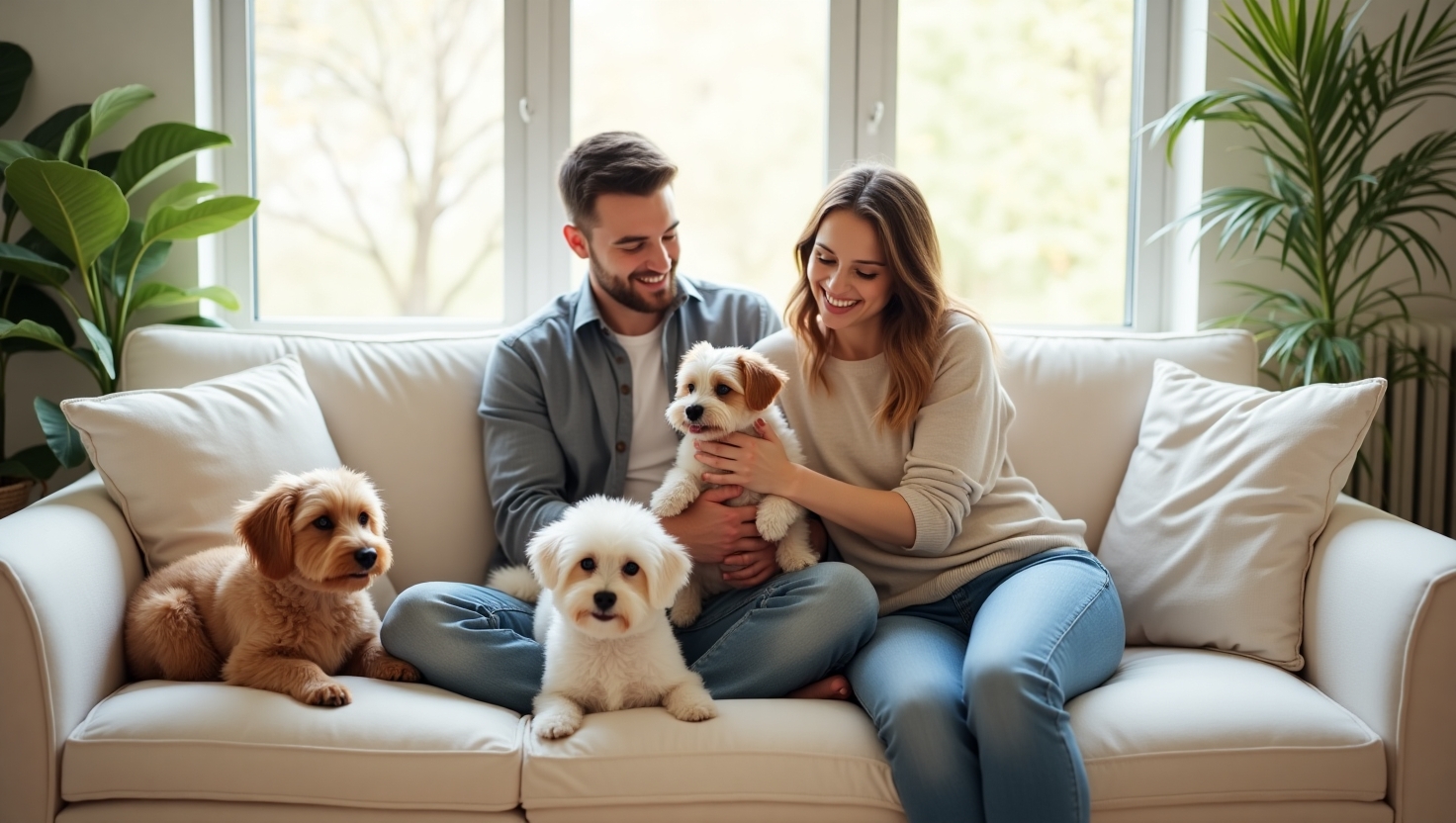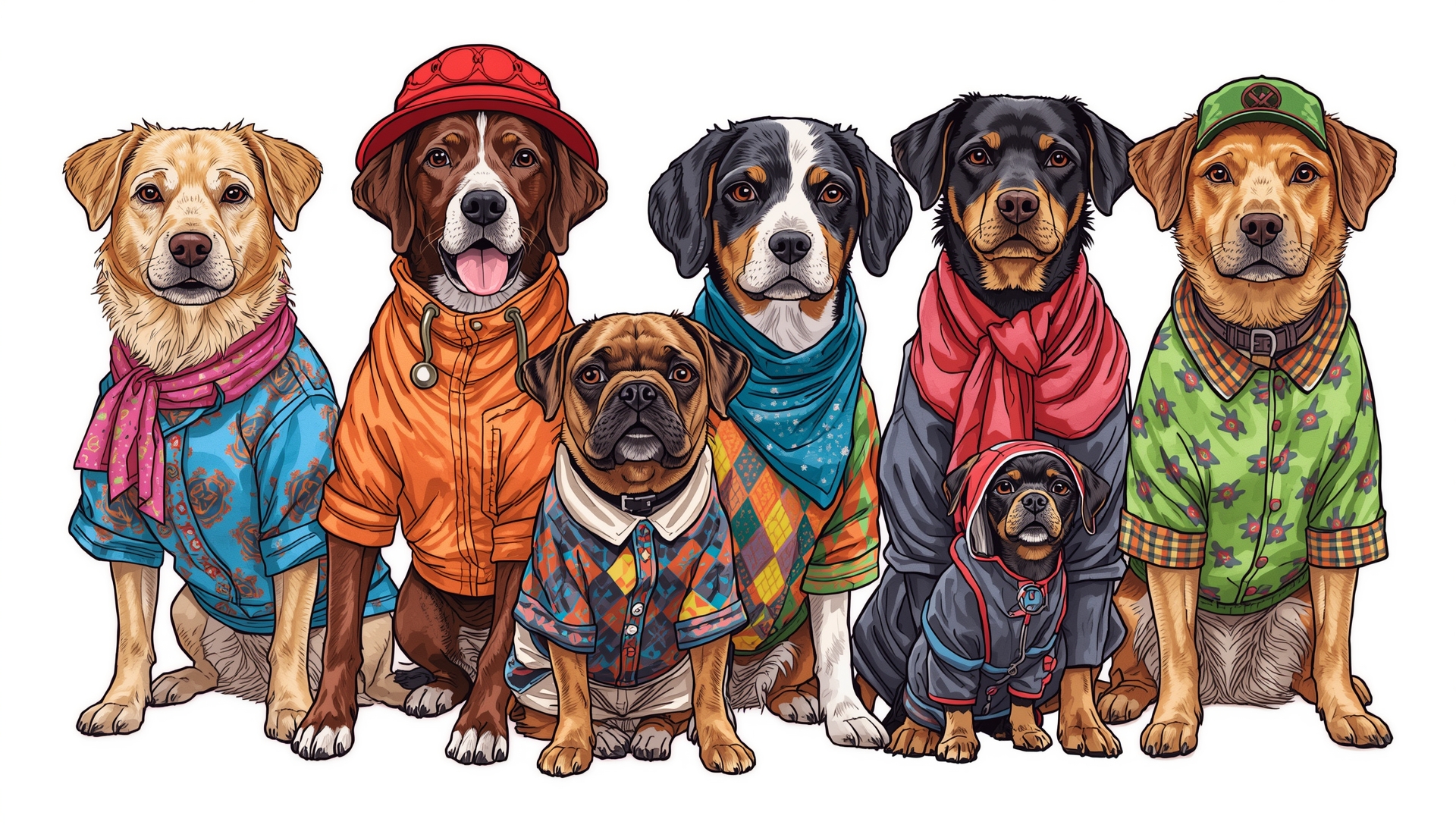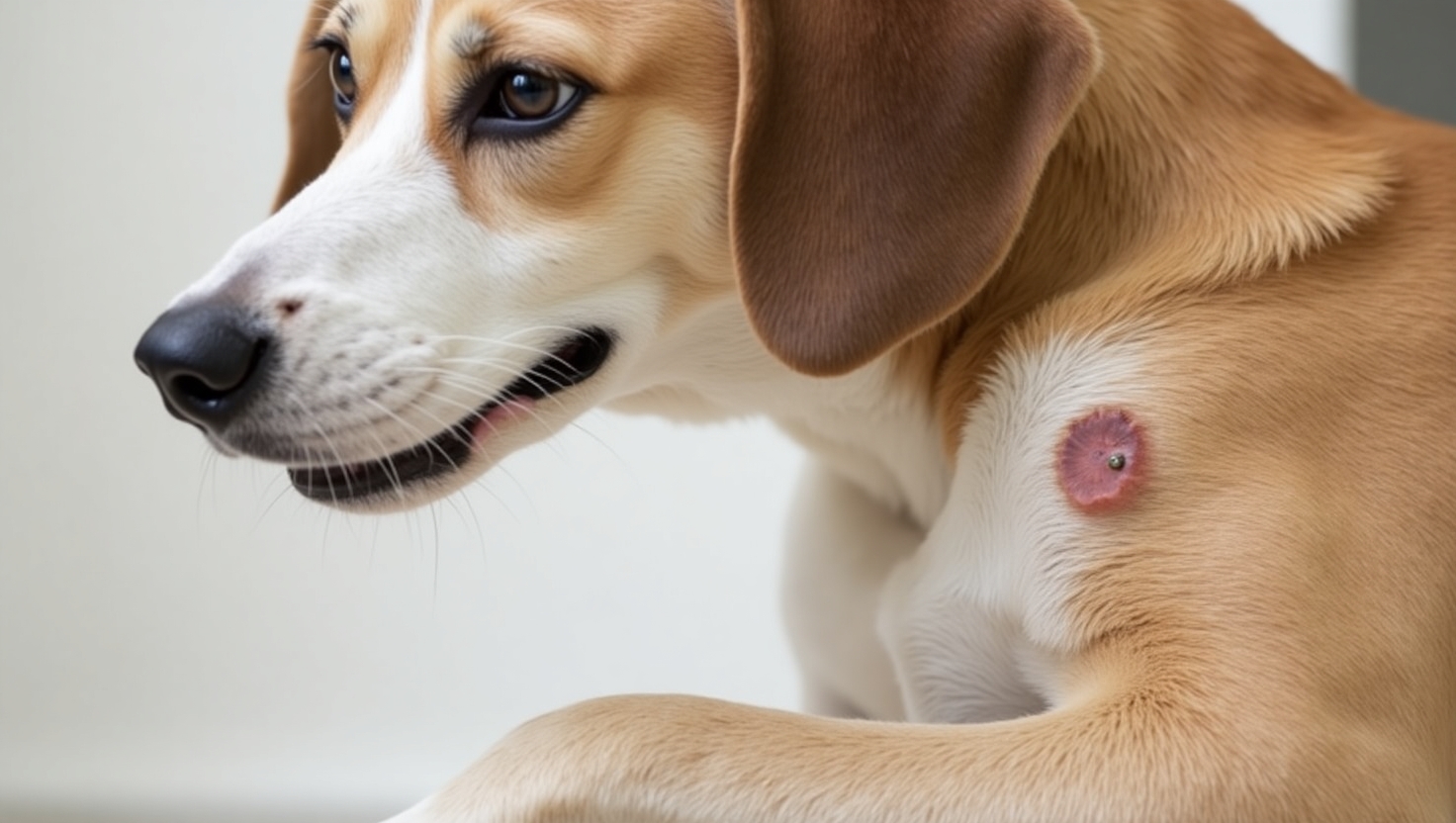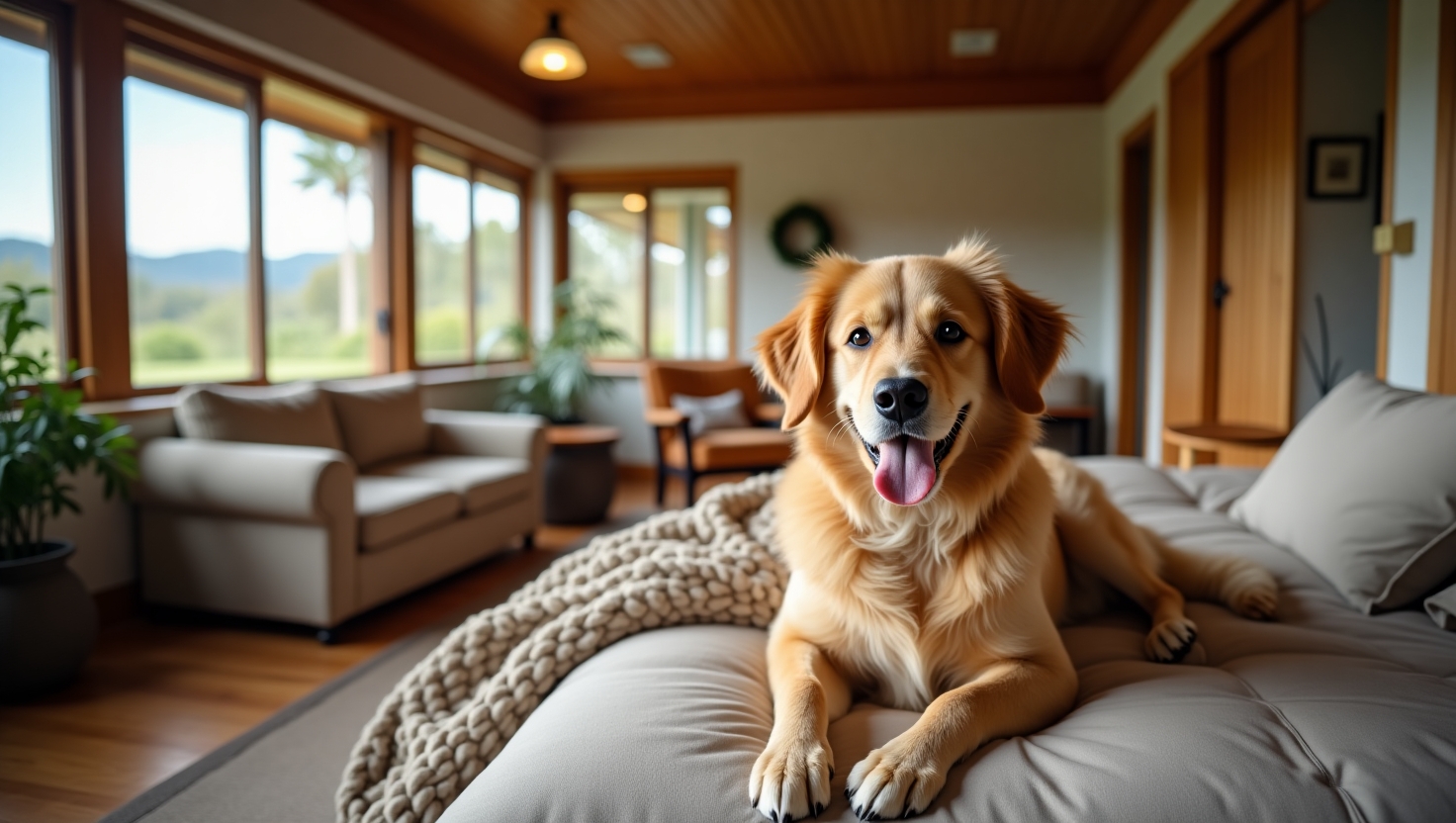Introduction:
If you’re in sunny Queensland or along the Sydney South Coast and dream of adding a puppy to your family but dread all the fur this guide is for low-shedding puppy breeds Australia you. While no dog is truly shed-free, there are breeds in Australia known to shed very little, making them popular with allergy-prone or tidy households. Here’s your complete Comfort‑Fur Guide, Aussie-style.
Why “low-shedding puppy breeds Australia” Doesn’t Mean “Zero Shedding”
Despite what everyone thinks, there is no such thing as a low-shedding puppy breeds Australia. Shedding, dander, and pet allergens primarily originate from a dog’s saliva and skin rather than its fur. So-called hypoallergenic breeds actually have hair instead of fur and little undercoat, which minimizes shedding but needs regular grooming to keep matted coats and hidden dander at bay. This makes them perfect for people lookingfor a cleaner, low-fur setup.
Top Low-Shedding Puppy Breeds in Australia
1. Cavoodle (Cavalier King Charles × Poodle)
A favorite throughout Australia, particularly in QLD and NSW. Cavoodles take after their Poodle parent’s low-shedding coat and affectionatenature. Regular brushing and the occasional trim are needed, but they’re perfect for families or those with mild allergies. So popular thatthey’re readily available everywhere, but always go for ethical breeders.

2. Labradoodle / Australian Labradoodle
First bred in Australia for service and hypoallergenic qualities, Labradoodles have the intelligence of a Labrador and a Poodle’s nonshedding coat. Their fleece or wool coats do shed very littleparticularly for multigeneration lines. They do require regular grooming to prevent mats. Watch for quality of breeder since some lines carrygenetic problems.

3. Australian Cobberdog
A new Australian breed bred specifically for therapy and allergy-sensitive households. Cobberdogs possess a single, low-shedding fleece or wool coat with minimal dander release. Highly intelligent, friendlydogs that fit well into houses with allergy issues particularly those thatrequire sympathetic companions.

4. Bichon Frise
The Bichon Frise has a curly coat that catches loose hair, minimizingshedding. They have soft, cotton-like fur, which makes them great for allergy sufferers. They’re tender, small, and well-suited to living in apartments. They require frequent grooming except for brushing a few times a week and professional grooming every 4–6 weeks.

5. Maltese & Maltese‑Shih Tzu Mixes
Maltese and their crosses such as Maltese-Shih Tzus have a coat, not fur, i.e., less shedding. They are playful, affectionate, and the perfectsize for Aussie homes. They require grooming every 6–8 weeks to maintain their silky coat mat-free. These breeds are favorite with families and allergy-suffering dog owners.

6. Miniature & Standard Schnauzer
Schnauzers are found in three sizes and share low-shedding, wiry coats. Their distinctive “beard” is pleasing but detaches loose hair from your sofa. They’re clever and guard-like, excellent companions. Regular clipping and the occasional hand stripping will keep their coat texture and appearance in check.

7. Silky Terrier
A native Australian, the Silky Terrier has silky long coats and sheds verylittle. They’re active, affectionate, and suitable for small living spaces. Brushing once a week avoids tangles, and grooming every 4–6 weeks maintains their healthy coat. Low shedding makes them ideal for tidyhomes.

8. Soft-Coated Wheaten Terrier
These happy, medium-sized pooches possess silky, wheat-coloured coats that shed very little. They’re allergy-friendly and high energy. Daily brushing keeps matting at bay, while regular trims ensure their coat remains soft and clean. Perfect for Aussie families who want an active low-maintenance pet.

9. Basenji
Basenjis are elegant, short-coated dogs who cat-like groom themselvesand hardly shed. They’re tidy, silent (they don’t bark), and quiet,independent, yet loving pets. They’re low-dander and low-fur, makingthem ideal for allergy victims, although they do require a lot of mental and physical exercise.

Grooming Maintenance Mirror: What to Expect
Even if your dog hardly sheds, grooming is still a significant aspect of being a good dog parent. low-shedding puppy breeds Australia does not equal low-maintenance. Here’s what Aussie dog owners need to know regardingcoat care:
Brushing (3–7 times per week)
For the Bichon Frise, Maltese, or Wheaten Terrier, brushing is a must on a regular basis. These breeds’ hair will mat or knot quickly if not attended to. A couple of minutes of soft work per week doesn’t only avert knots but also distributes natural oils over the coat, making it healthy and shiny. Try a slicker brush or a grooming comb for your particular breed’s type of hair.
Professional Grooming (Every 6–8 Weeks)
low-shedding puppy breeds Australia tend to require professional grooming more than thick shedders. Scheduling a visit with a certified groomer every 6–8 weeks keeps the coat texture in check, keeps matting at bay, and trimshair around the muzzle, paws, and tail. Groomers can also performtasks such as nail trimming and ear cleaning perfect for busy Aussie pet owners.
Bathing & Trims
Whereas regular baths may dehydrate the skin of your dog, bathing every 4–6 weeks with a hypoallergenic, gentle dog shampoo removesdirt, allergens, and trapped dander. Between full grooming sessions, you may need occasional light trims near the eyes or hygiene spots to clean your pup and keep them comfy.
Health & Diet Support
A glossy, healthy coat begins from the inside. Nourish your dog with anOmega-3 fatty acid-rich diet (such as fish oil or flaxseed) for healthy skin and shine. Opt for dog foods that contain skin-enhancing nutrients suchas vitamin E and zinc. Adequate hydration and nutrition minimizeshedding and enhance coat strength.
Selecting the Right Breed for low-shedding puppy breeds Australia
Life Match Tips:
Allergy-prone or busy? Select Cavoodle, Bichon, or Maltese for low-shedding, friendly companionship.
Need working energy? Labradoodle or Wheaten Terrier excel with a regular workout.
Enjoy dog personality with city smarts? Silky Terrier or Schnauzer suitapartment life and allergen reduction.
Need smart, independent canines? Basenji and Cobberdog presentquiet, dependable personalities with hypo characteristics.
Where to Look for These Breeds in Australia
Responsible Breeders Look for low-shedding puppy breeds Australia such as Australian Labradoodle Association or Australian Cobberdog Society.
Rescue Organizations Some hypoallergenic dogs appear in Cavoodle or Labradoodle rescues.
Shelters & Adoption Sites PetRescue sometimes lists Poodles or low-shedding mixes in Queensland & Sydney South Coast.
Always request health checks, pedigree papers, and to meet puppy parents when possible.
Conclusion: A Low-Shed Puppy Can Change Your Life Without the Fur
While there’s no breed that sheds nothing, these low-shedding puppy options available in Australia offer smart choices for cleaner homes, fewer allergens, and joyful companionship. With proper grooming and care, your living space stays fresh and your new pup becomes your best, fur-light friend.
Check this : Puppy Day Care Brisbane: Your Complete Guide to Local Doggy Daycare in 2025
Frequently Asked Questions (FAQ)
- What does “low-shedding” actually mean in dogs?
Low-shedding dogs release less hair than other animals. Although they still shed hair, the amount is typically small and ends up sticking to their coat until it’s brushed out. This is ideal for those living in allergy-sensitive homes or who desire less hair on furniture.
- Are low-shedding breeds truly hypoallergenic?
Not exactly. No dog is 100% hypoallergenic. But numerous low-shedding puppy breeds Australia such as Poodles or Maltese shed less fur and dander, making them a more tolerable option for allergy patients. Cleaning and grooming regularly still have a significant impact on keeping allergies atbay.
- Do low-shedding dogs require less grooming?
Really, it’s the other way around! low-shedding puppy breeds Australia dogs tend to require more grooming. Because their hair doesn’t naturally shed, it tends tomat and tangle easily. Regular brushing, trimming, and salon visits are necessary to maintain their coats’ health and tidiness.
- What are some good low-shedding breeds for small homes or apartments?
Breed types such as the Cavoodle, Silky Terrier, Miniature Schnauzer, and Maltese make excellent city companions. They are small, flexible, and affectionate with family. Just be sure to give them daily exercise and regular grooming.
- Are low-shedding dogs more suitable for hot Australian climates?
This varies from breed to breed. Certain breeds of low-shedding dogs such as Basenjis and Poodles do well in hot climates. Others such as Bichon Frises or Wheaten Terriers might enjoy air-conditioned indoor environments in summer. Always ensure your dog remains cool, hydrated, and never leave them in direct sunlight for extended periods.







